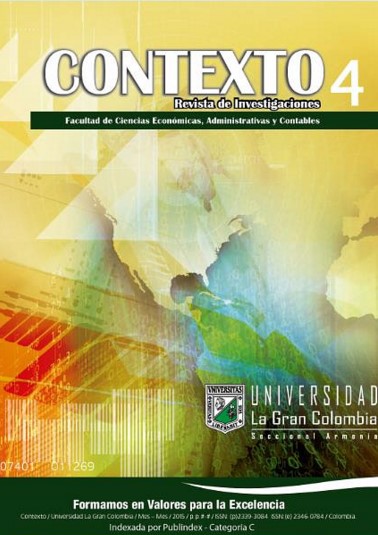Economic analysis of mining (coal and gold) 2007-2010, in Colombia
DOI:
https://doi.org/10.18634/ctxj.4v.1i.408Keywords:
Environmental economy, sustainable development, human development, microeconomics, mineral resources.Abstract
The problem of the research was to understand mining as complex economic activity, and establish how mining exploitation variables affect the human development index – HDI. It was prepared from the microeconomic classic theory. Four matters were analyzed: state share in mining income; social implications; institutional presence in mining; and finally, environmental dynamics. Mining takes over productive land, and uses hydric sources, thus deteriorating vegetal layers in national mountain ranges. It is worth to add that exported coal and gold, are essentially made available through concession to multinational companies, which provide the country with a part of income, and a liability of sustainability; this fact is explained by institutional absence. It was found that HDI is adversely impacted by a variable related to mining production; positively by two. Finally, conclusions show institutional inefficiency in state management of natural resources, by ignoring such environmental cost.Downloads
Download data is not yet available.
Downloads
Published
2015-12-14
Issue
Section
Economía y Medio Ambiente
How to Cite
Economic analysis of mining (coal and gold) 2007-2010, in Colombia. (2015). Contexto, 4, 59-70. https://doi.org/10.18634/ctxj.4v.1i.408







